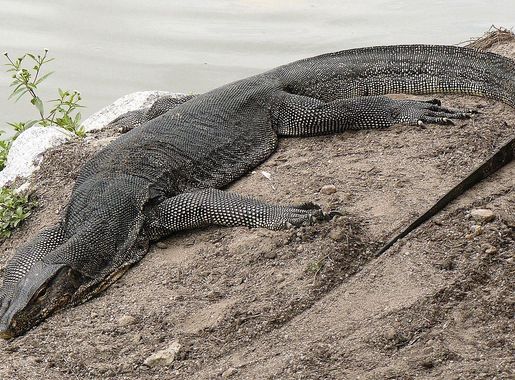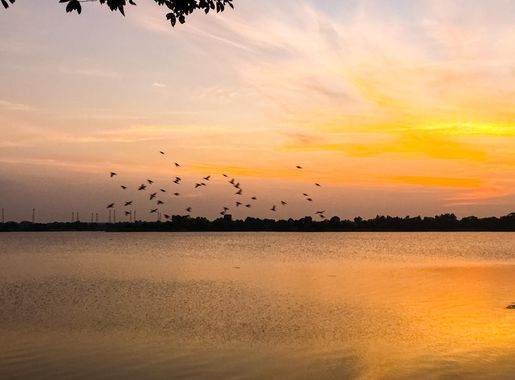
Sungei Buloh Wetland Reserve: Singapore's Natural Oasis
Discover the natural beauty and rich biodiversity of Sungei Buloh Wetland Reserve, Singapore's premier destination for bird watching, nature trails, and ecological education.
Sungei Buloh Wetland Reserve is a haven for nature lovers and bird watchers located in the northwest of Singapore. This 202-hectare reserve is a sanctuary for a diverse range of flora and fauna, making it a must-visit for anyone seeking to escape the city's hustle and reconnect with nature. The wetland reserve is renowned for its rich biodiversity, including migratory birds, mudskippers, and monitor lizards, offering visitors a unique glimpse into the natural habitats of these species. The reserve is divided into several trails, each offering a different experience. The Mangrove Boardwalk allows visitors to walk through the dense mangrove forests, where you can observe the intricate root systems and the wildlife that call this ecosystem home. The Coastal Trail offers panoramic views of the Johor Strait and is ideal for bird watching, especially during the migratory season from September to March. For those interested in a more immersive experience, the Visitor Centre provides educational exhibits and guided tours that delve into the ecological importance of wetlands. Sungei Buloh Wetland Reserve is not just a place for quiet reflection and observation; it also offers opportunities for photography and sketching. The serene landscapes and abundant wildlife make it a paradise for artists and photographers alike. Whether you're an avid bird watcher, a nature enthusiast, or simply looking for a peaceful retreat, Sungei Buloh Wetland Reserve promises a memorable and enriching experience.
Local tips in Sungei Buloh Wetland Reserve
- Visit early in the morning for the best chance to see wildlife, as animals are most active during these hours.
- Bring binoculars and a camera with a good zoom lens to capture the diverse bird species and other wildlife.
- Wear comfortable walking shoes and bring plenty of water, as the trails can be long and the weather can be hot and humid.
- Check the tide timings before your visit; low tide offers the best opportunity to see mudskippers and crabs.
- Download the Sungei Buloh Wetland Reserve app for a more interactive experience, including trail maps and information on the flora and fauna.
Sungei Buloh Wetland Reserve: Singapore's Natural Oasis
Sungei Buloh Wetland Reserve is a haven for nature lovers and bird watchers located in the northwest of Singapore. This 202-hectare reserve is a sanctuary for a diverse range of flora and fauna, making it a must-visit for anyone seeking to escape the city's hustle and reconnect with nature. The wetland reserve is renowned for its rich biodiversity, including migratory birds, mudskippers, and monitor lizards, offering visitors a unique glimpse into the natural habitats of these species. The reserve is divided into several trails, each offering a different experience. The Mangrove Boardwalk allows visitors to walk through the dense mangrove forests, where you can observe the intricate root systems and the wildlife that call this ecosystem home. The Coastal Trail offers panoramic views of the Johor Strait and is ideal for bird watching, especially during the migratory season from September to March. For those interested in a more immersive experience, the Visitor Centre provides educational exhibits and guided tours that delve into the ecological importance of wetlands. Sungei Buloh Wetland Reserve is not just a place for quiet reflection and observation; it also offers opportunities for photography and sketching. The serene landscapes and abundant wildlife make it a paradise for artists and photographers alike. Whether you're an avid bird watcher, a nature enthusiast, or simply looking for a peaceful retreat, Sungei Buloh Wetland Reserve promises a memorable and enriching experience.
When is the best time to go to Sungei Buloh Wetland Reserve?
Iconic landmarks you can’t miss
Visitor Centre
Explore the Visitor Centre at Sungei Buloh Wetland Reserve for a unique glimpse into Singapore's rich biodiversity and natural beauty.
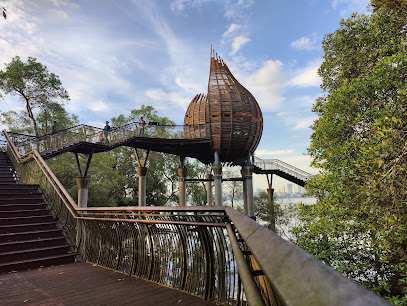
Sungei Buloh Wetland Reserve Visitor Centre
Explore the stunning biodiversity at Sungei Buloh Wetland Reserve Visitor Centre, Singapore's premier nature sanctuary for wildlife enthusiasts and nature lovers.
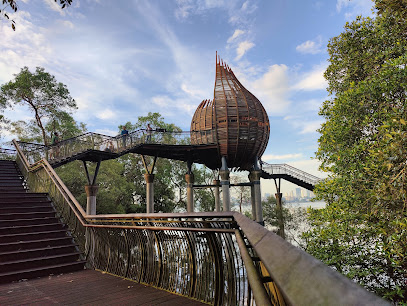
Sungei Buloh Wetland Reserve Wetland Centre
Immerse yourself in nature at Sungei Buloh Wetland Reserve, Singapore's premier destination for birdwatching and ecological exploration.
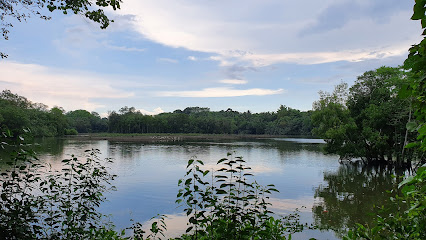
Kranji Marshes
Explore the tranquil beauty of Kranji Marshes, Singapore's stunning nature preserve rich in wildlife and scenic landscapes.
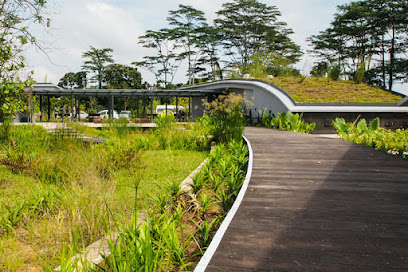
Kranji Coastal Nature Park
Discover the tranquil beauty of Kranji Coastal Nature Park, a perfect escape for nature lovers and outdoor enthusiasts in Singapore.
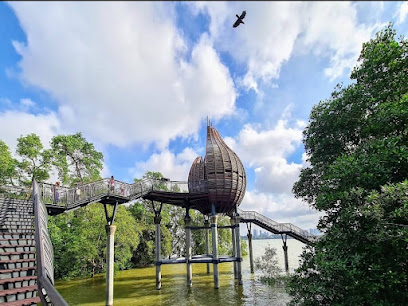
Raptor Tower
Experience breathtaking views of Singapore's wildlife and landscapes at Raptor Tower, a premier observation deck in Lim Chu Kang.

Kingfisher Pod
Experience the tranquil beauty of Kingfisher Pod, an observation deck that offers stunning views and rich wildlife in Singapore's Sungei Buloh Wetland Reserve.
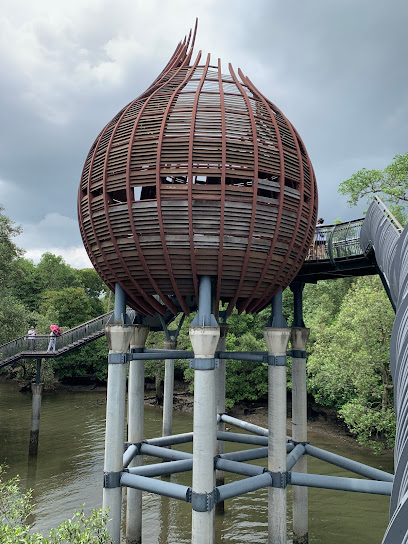
Rasau Walk
Discover the serene landscapes of Rasau Walk, a captivating hiking area in Singapore that invites you to explore nature's beauty and tranquility.
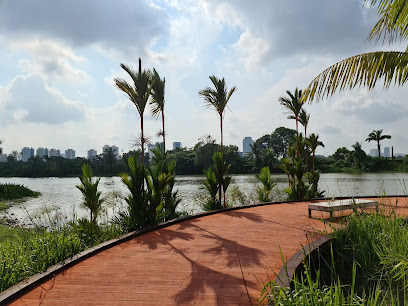
Aerie Tower
Discover unrivaled panoramic views of Singapore’s landscapes at Aerie Tower, an observation deck nestled in nature's embrace.
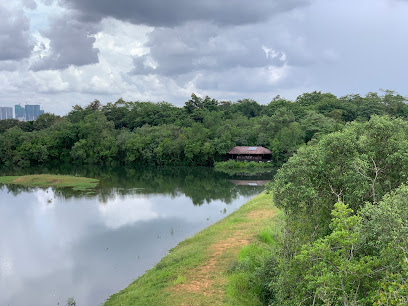
Sungei Ulu Pandan
Experience the natural beauty and tranquility of Sungei Ulu Pandan, a scenic spot perfect for hiking and relaxation in Clementi, Singapore.
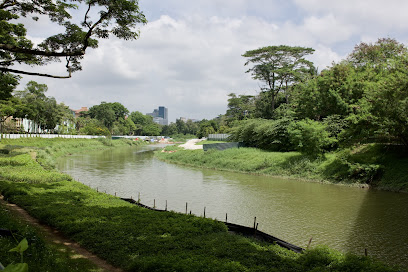
Sungei Buloh Car Park
Discover the serene beauty of Sungei Buloh Car Park, the gateway to Singapore's incredible wetlands and diverse wildlife.
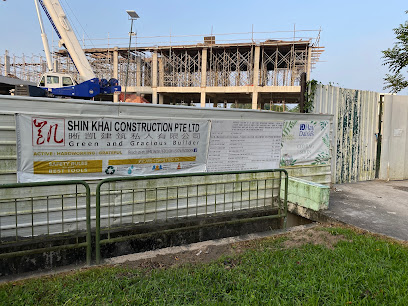
Sg Buloh Wetland Reserve
Explore the serene beauty of Sg Buloh Wetland Reserve, a tranquil haven for wildlife and nature enthusiasts in Singapore.
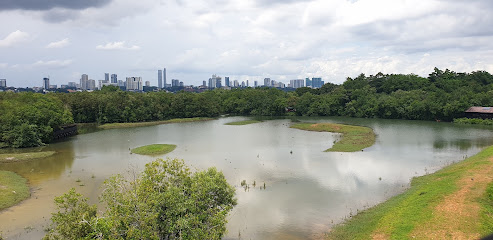
Main Bird Observation Hide 1A
Explore the serene beauty of Main Bird Observation Hide 1A, a top bird-watching destination in Lim Chu Kang, Singapore, perfect for nature lovers and photographers.
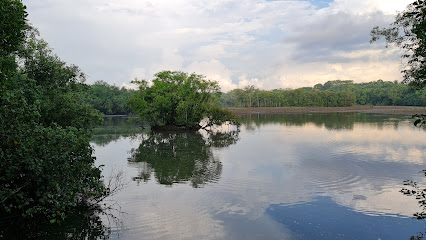
Little Heron Deck
Experience the tranquil beauty of Little Heron Deck, a scenic spot in Lim Chu Kang perfect for nature lovers and photography enthusiasts.
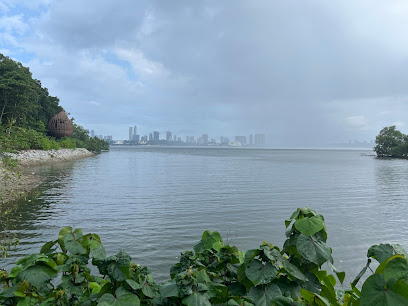
Sungei Blukar
Discover the serene hiking trails and stunning natural beauty of Sungei Blukar, a perfect escape for nature lovers in Pasir Ris, Singapore.
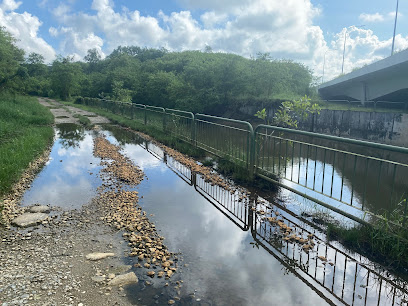
Unmissable attractions to see
Changi City Point
Discover Changi City Point, Singapore's vibrant shopping mall with an array of retail and dining options in a lively atmosphere.
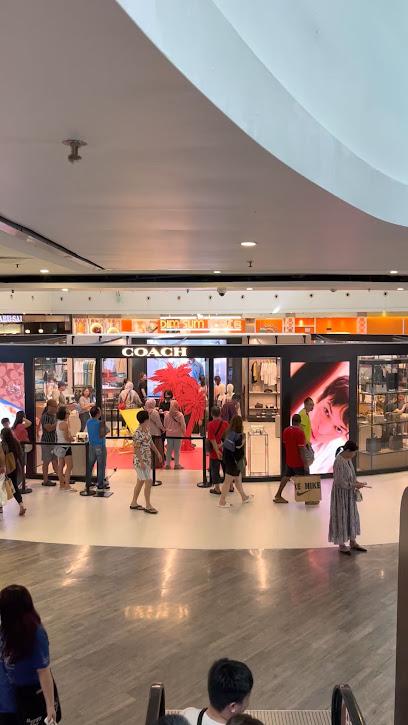
Clarke Quay Central
Explore the vibrant Clarke Quay Central in Singapore for an unforgettable shopping, dining, and entertainment experience by the riverside.

Sentosa Merlion
Explore the Sentosa Merlion, an iconic symbol of Singapore, offering stunning views and a journey through the nation's rich history and folklore.
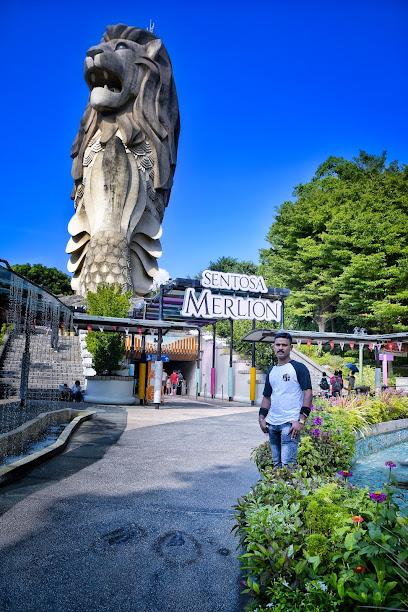
MUSEUM OF ICE CREAM SINGAPORE
Experience the sweetest journey at the Museum of Ice Cream Singapore, where art and ice cream come together for a delightful adventure.
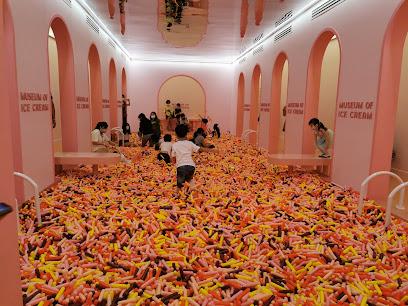
Hay Dairies Pte Ltd (Goat Farm)
Discover the charm of rural Singapore at Hay Dairies, the only goat farm offering a hands-on dairy experience and fresh goat milk products.
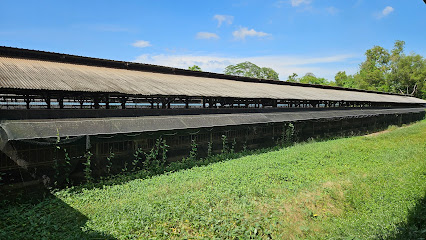
Sungei Buloh Wetland Reserve Visitor Centre
Explore the breathtaking biodiversity of Sungei Buloh Wetland Reserve Visitor Centre, a serene escape in Singapore's vibrant natural landscape.
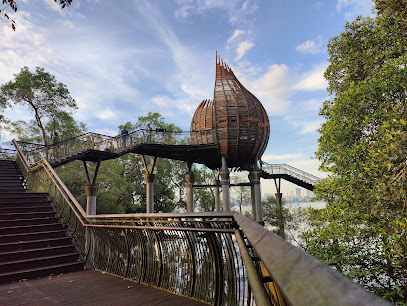
Sands Theatre
Experience world-class performances at Sands Theatre in Singapore, a premier destination for the finest in live entertainment and cultural showcases.
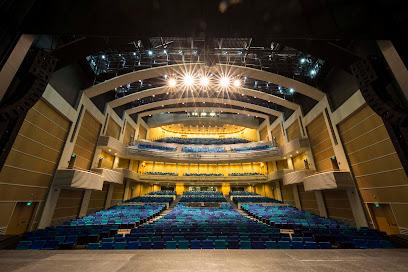
HSBC Rain Vortex
Discover the breathtaking HSBC Rain Vortex, the tallest indoor waterfall at Jewel Changi Airport, Singapore, blending nature with cutting-edge design.
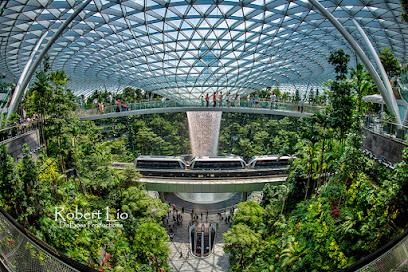
Marsiling Park
Explore the lush landscapes and tranquil waters of Marsiling Park, a peaceful retreat for nature lovers in the heart of Singapore.
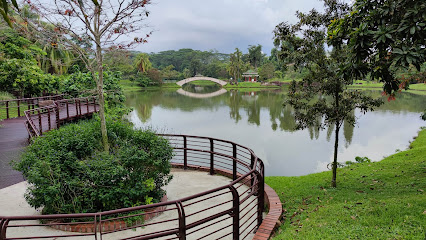
Former Ford Factory
Explore the Former Ford Factory, a significant historical site in Singapore that reveals the impact of World War II on the nation’s history.

Chek Jawa Wetlands
Discover the breathtaking biodiversity and serene beauty of Chek Jawa Wetlands, a must-visit nature preserve in Singapore.
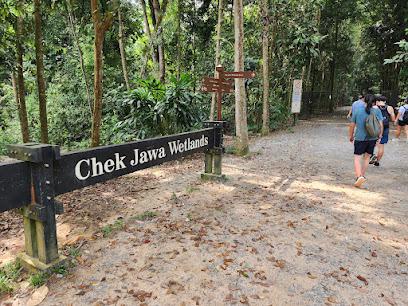
Seletar Country Club
Discover serenity and leisure at Seletar Country Club, Singapore's tranquil retreat for relaxation and recreation amidst lush landscapes.
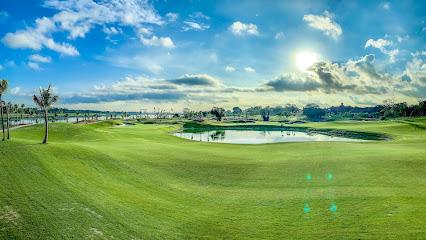
Bedok Jetty
Discover the charm of Bedok Jetty, a picturesque fishing pier in Singapore featuring stunning coastal views and ample outdoor activities for visitors.

Singapore DUCKtours
Discover Singapore’s stunning skyline and rich culture with a thrilling amphibious adventure at DUCKtours.
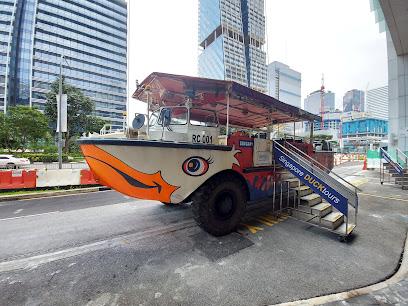
Masjid Jamae (Chulia)
Explore the stunning Masjid Jamae (Chulia) in Singapore's Chinatown, a historical mosque showcasing rich architectural beauty and cultural significance.
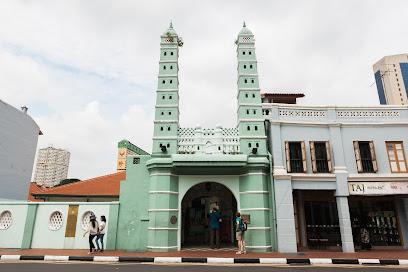
Essential places to dine
Sungei Buloh Wetland Reserve
Explore Sungei Buloh Wetland Reserve: A Nature Lover's Sanctuary in Singapore with Diverse Wildlife and Scenic Trails.
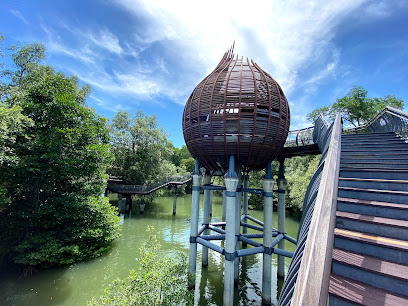
Visitor Centre
Explore nature at its finest at the Sungei Buloh Visitor Centre – your gateway to Singapore's rich wetland ecosystem.
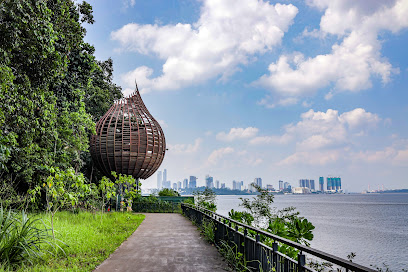
Sungei Buloh Wetland Reserve Visitor Centre
Explore biodiversity at Sungei Buloh Wetland Reserve Visitor Centre – a serene escape into Singapore's rich natural heritage.
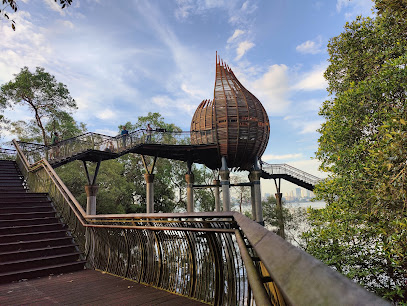
Bollywood Farms Pte Ltd
Experience farm-fresh dining at Bollywood Farms Pte Ltd - where culinary delights meet nature's tranquility in Singapore.
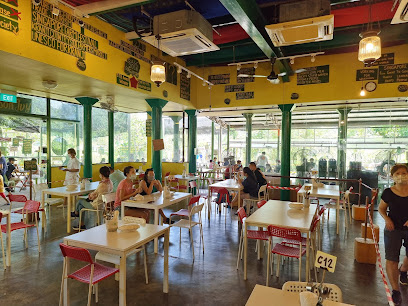
georges @ The Cove
Experience delightful grilled cuisine amidst stunning views at Georges @ The Cove in Singapore's Pasir Ris.
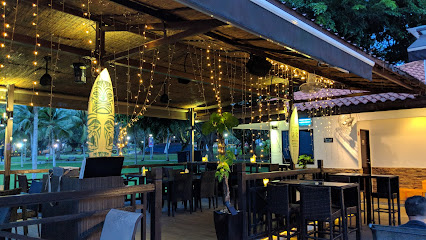
Cheval Cafe Bar Bistro
Discover culinary delights amidst equestrian elegance at Cheval Cafe Bar Bistro in Singapore.
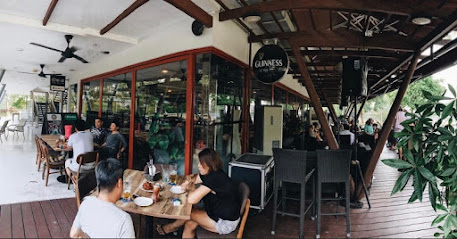
Bistro by Gardenasia
Discover delicious local cuisine in a serene garden setting at Bistro by Gardenasia - your perfect getaway in Singapore.
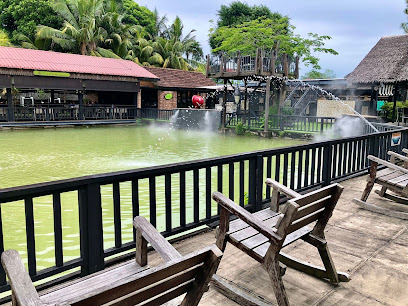
Sungei Buloh Wetland Reserve Wetland Centre
Discover the serene beauty of Sungei Buloh Wetland Reserve - a lush sanctuary teeming with wildlife in Singapore's vibrant landscape.
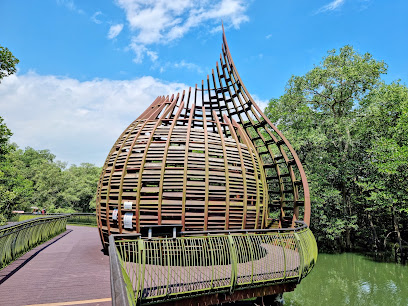
The Basil Inn
Experience authentic Thai flavors at The Basil Inn in Singapore's Downtown East—where every dish tells a story.
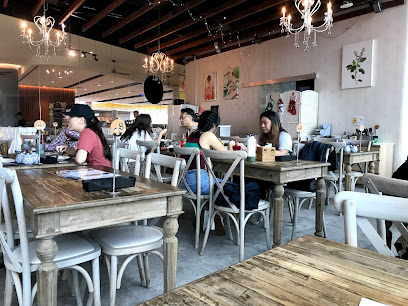
Kranji Coastal Nature Park
Explore Kranji Coastal Nature Park: A serene haven in Singapore filled with stunning landscapes and diverse wildlife waiting to be discovered.
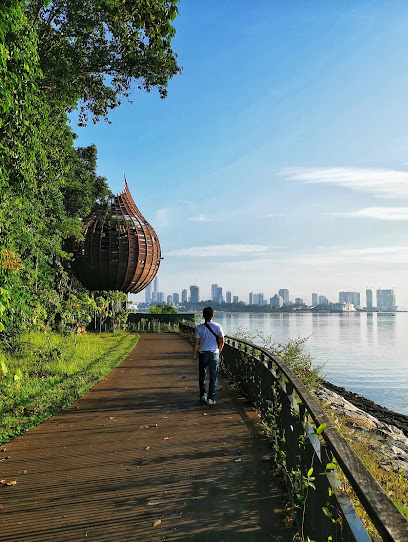
The Rose Veranda
Experience exquisite fine dining at The Rose Veranda in Singapore's Shangri-La Hotel; indulge in elegant cuisine amid stunning surroundings.
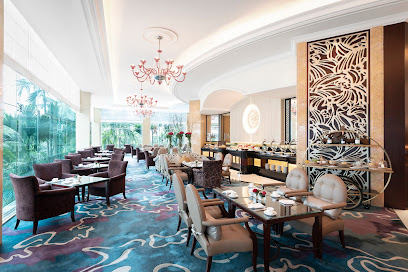
Favourite Eatery
Experience authentic Singaporean flavors at Favourite Eatery in Sungei Kadut – where every dish tells a story.
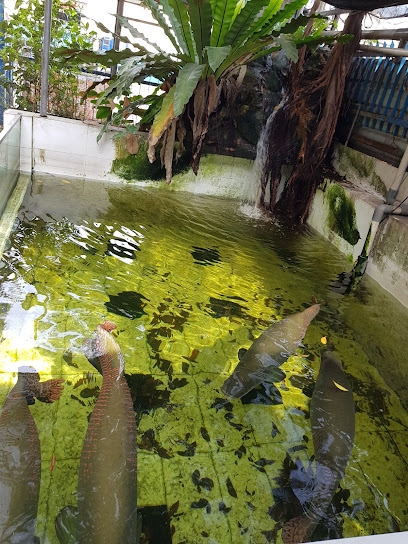
NSRCC Fairway Bistro
Experience delightful cuisine surrounded by nature at NSRCC Fairway Bistro in Singapore's serene Lim Chu Kang.
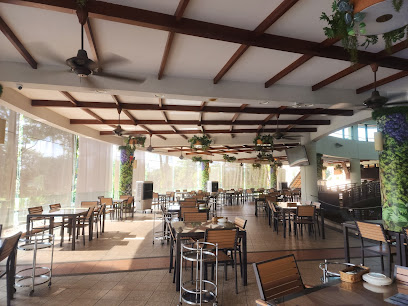
Kingfisher Pod
Discover breathtaking views and rich biodiversity at Kingfisher Pod in Sungei Buloh Wetland Reserve - a haven for nature enthusiasts.
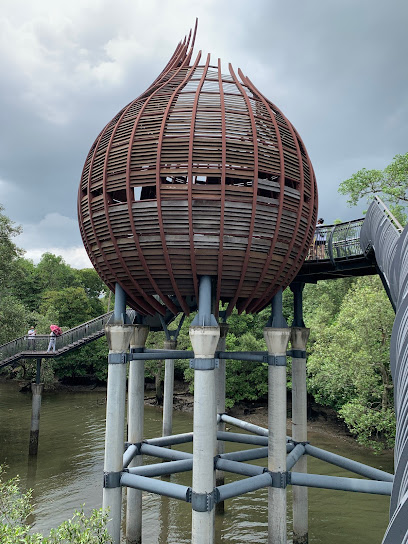
zui xian lou restaurant
Experience authentic Asian cuisine at Zui Xian Lou Restaurant in Sungei Kadut – perfect for group gatherings and delicious meals.
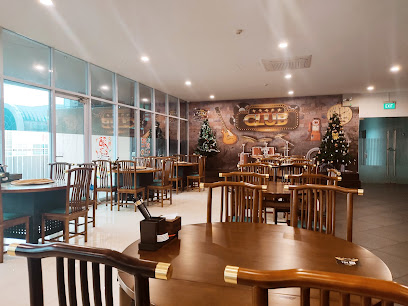
Markets, malls and hidden boutiques
Sungei Buloh Wetland Reserve
Explore the serene beauty and rich biodiversity of Sungei Buloh Wetland Reserve, a top nature preserve and birdwatching destination in Singapore.
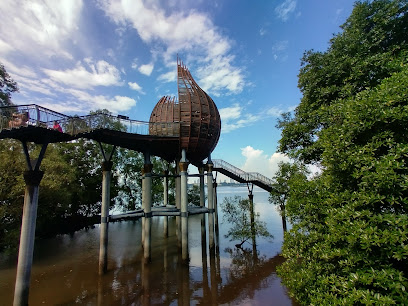
Sungei Buloh Wetland Reserve Visitor Centre
Experience Singapore's vibrant biodiversity at Sungei Buloh Wetland Reserve Visitor Centre—an oasis for nature lovers and birdwatchers.
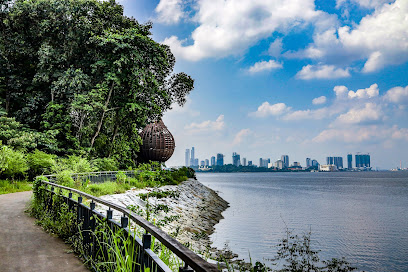
Sungei Buloh Wetland Reserve Wetland Centre
Discover the serene beauty of Sungei Buloh Wetland Reserve, a sanctuary for wildlife and a paradise for nature enthusiasts in Singapore.

Kingfisher Pod
Experience unparalleled views and the tranquility of nature at the Kingfisher Pod, Singapore's premier observation deck in Lim Chu Kang.
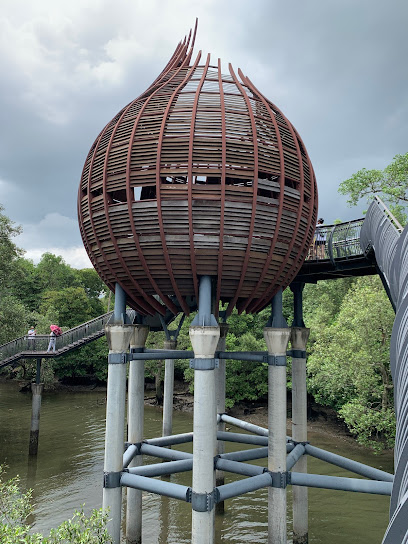
Aerie Tower
Experience breathtaking views of Singapore from Aerie Tower, your gateway to nature and stunning landscapes in Lim Chu Kang.
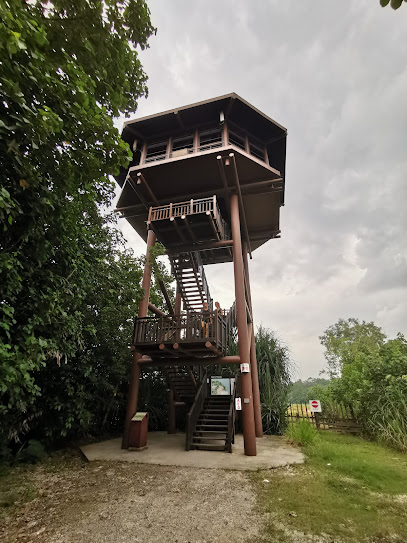
Hausmann Marketing Aquarium
Discover the enchanting marine life and aquarium supplies at Hausmann Marketing Aquarium in Singapore, perfect for enthusiasts and families alike.
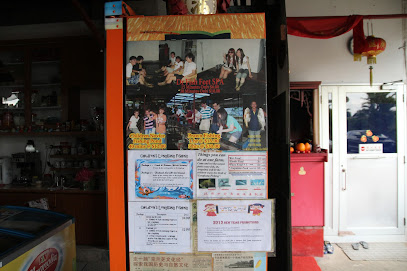
Sg Buloh Wetland Reserve
Explore the incredible biodiversity and natural beauty of Sg Buloh Wetland Reserve, a premier ecotourism destination in Singapore.
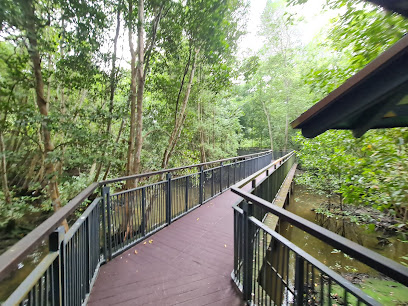
Main Bird Observation Hide 1A
Experience nature's beauty at Main Bird Observation Hide 1A, a bird watching paradise in Lim Chu Kang, perfect for all nature enthusiasts.
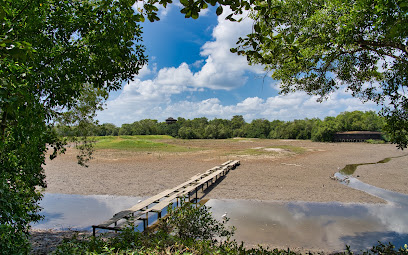
Bird Observation Hide 1D
Immerse yourself in the tranquil beauty of Bird Observation Hide 1D, a must-visit haven for bird watchers and nature lovers in Singapore.
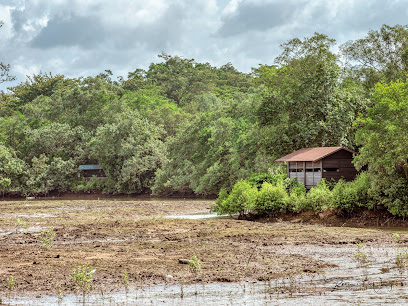
Kanishk's Shop
Explore Kanishk's Shop in Singapore for unique souvenirs and local crafts, capturing the city's vibrant culture in every purchase.

Blue Dog
Explore Blue Dog Gift Shop for unique souvenirs and artisanal treasures that capture the essence of your travel experience.
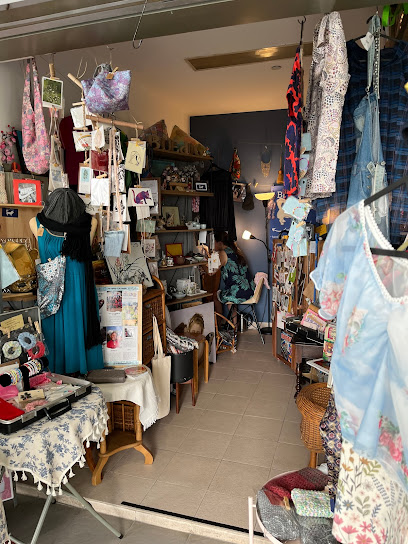
HoneySpring
Explore HoneySpring in Singapore for stylish fashion accessories that reflect local artistry and contemporary trends.

7 11 store
Experience the best bakery delights at 7-Eleven in Central Water Catchment, Singapore, where convenience meets local flavor.

Holland Village
Explore the eclectic charm of Holland Village, a vibrant hub of shops, eateries, and cultural experiences in the heart of Singapore.

Jhlobangs
Discover unique fashion accessories at Jhlobangs, a trendy boutique in Singapore that combines local craftsmanship with global styles.

Essential bars & hidden hideouts
Cheval Cafe Bar Bistro
Experience the perfect blend of relaxation and exquisite dining at Cheval Cafe Bar Bistro in Singapore's lush surroundings.
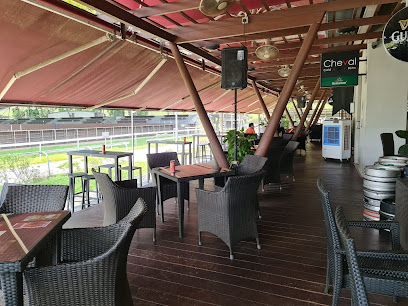
Bar Bar Black Sheep @ Cherry Ave
Discover the fusion of Indian flavors and pub classics at Bar Bar Black Sheep, a must-visit gastropub in Singapore's Bukit Timah.
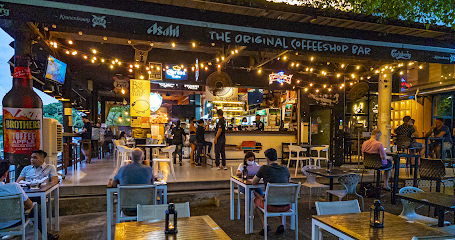
Kult Kafe
Discover Kult Kafe in Singapore: a vibrant bar and art gallery fusion, perfect for enjoying live music, craft beers, and artistic vibes.
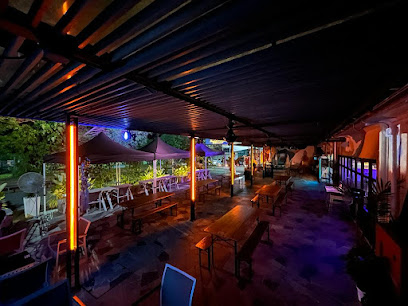
Sixteen Ounces Bar & Kitchen
Discover the vibrant flavors and inviting atmosphere of Sixteen Ounces Bar & Kitchen in Bukit Panjang, Singapore.
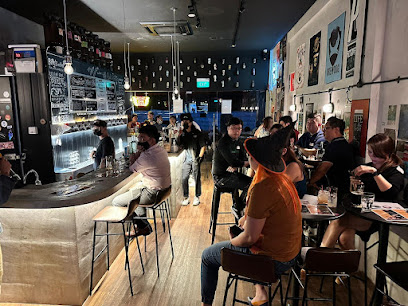
Talk Cock Sing Song
Discover the vibrant nightlife at Talk Cock Sing Song, Singapore's favorite pub for great food, drinks, and live entertainment.
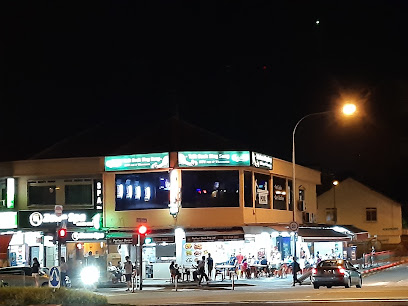
Origin Bar
Discover the essence of Singapore's nightlife at Origin Bar, where innovative cocktails and a chic atmosphere await you in the heart of the city.
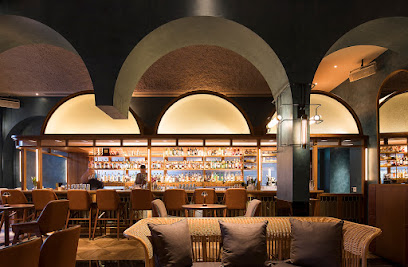
Sara's
Experience the lively nightlife of Singapore at Sara's, where signature cocktails and a vibrant atmosphere await you.
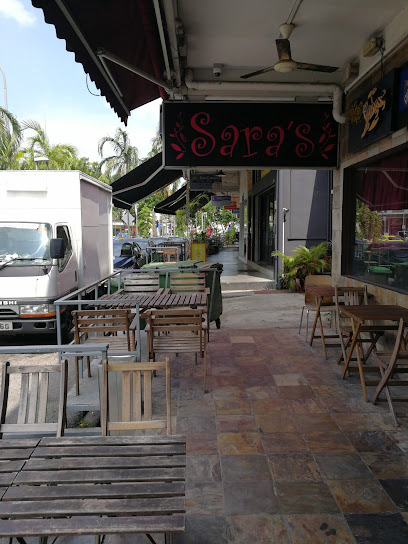
Two Whisky Bottles (TWB) Pizza & Bar
Experience the vibrant culinary scene at Two Whisky Bottles, where delicious pizzas and an extensive whisky selection await every visitor in Singapore.
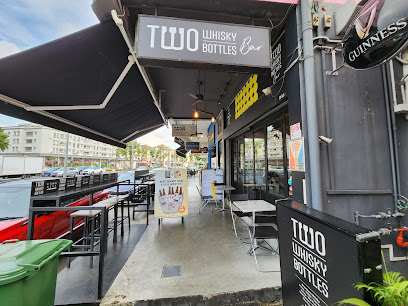
Bar One
Discover Bar One, Singapore's lively sports bar where fans gather for games, drinks, and unforgettable moments with friends.
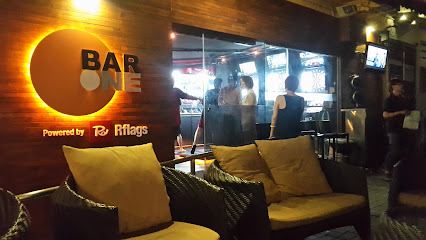
Le Starlette Pub
Discover the lively ambiance and diverse drink selection at Le Starlette Pub, a must-visit destination for nightlife enthusiasts in Singapore.
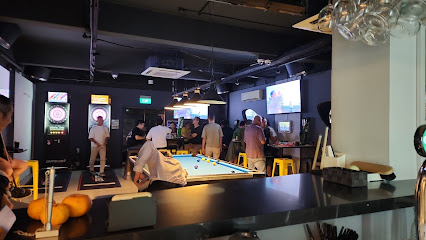
Blueberry Hill Pub & Cafe
Discover the vibrant atmosphere and diverse menu at Blueberry Hill Pub & Cafe, a beloved spot in Ang Mo Kio, Singapore, perfect for relaxation and socializing.
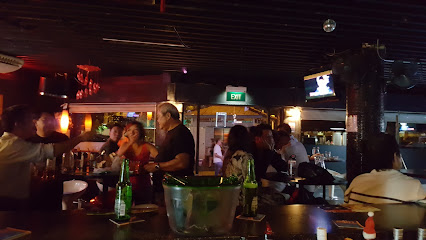
B0JI0 Pub
Dive into Singapore's nightlife at B0JI0 Pub, where great drinks and a lively atmosphere await every visitor.
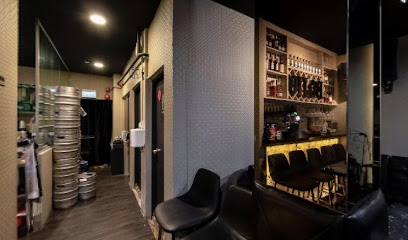
Jade Hill Cafe Bar
Jade Hill Cafe Bar: Where exquisite wines meet delightful cuisine in the heart of Bishan, Singapore.
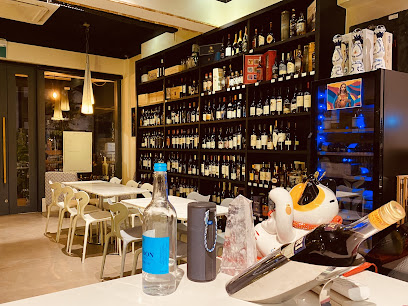
The Windsor Arms
Experience the best of culinary fusion at The Windsor Arms, a vibrant restaurant and pub in Singapore's Bukit Timah offering diverse flavors and a lively atmosphere.
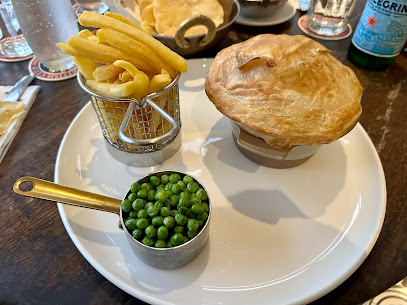
Island Bar@SICC
Discover the perfect blend of relaxation and vibrant nightlife at Island Bar@SICC, a chic bar offering stunning views and delightful drinks in Singapore.
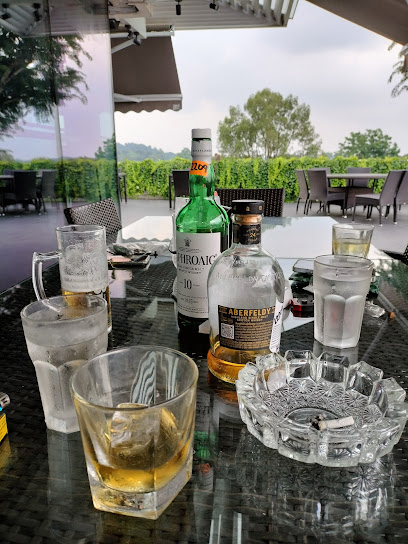
Local Phrases about Sungei Buloh Wetland Reserve
-
- Hello你好
[Nǐ hǎo] - Goodbye再见
[Zài jiàn] - Yes是的
[Shì de] - No不
[Bù] - Please/You're welcome请
[Qǐng] - Thank you谢谢
[Xièxiè] - Excuse me/Sorry对不起
[Duìbùqǐ] - How are you?你好吗?
[Nǐ hǎo ma?] - Fine. And you?很好,你呢?
[Hěn hǎo, nǐ ne?] - Do you speak English?你会说英语吗?
[Nǐ huì shuō Yīngyǔ ma?] - I don't understand我不明白
[Wǒ bù míngbái]
- Hello你好
-
- I'd like to see the menu, please请给我看菜单
[Qǐng gěi wǒ kàn càidān] - I don't eat meat我不吃肉
[Wǒ bù chī ròu] - Cheers!干杯!
[Gān bēi!] - I would like to pay, please请给我买单
[Qǐng gěi wǒ mǎidān]
- I'd like to see the menu, please请给我看菜单
-
- Help!救命!
[Jiùmìng!] - Go away!走开!
[Zǒu kāi!] - Call the Police!叫警察!
[Jiào jǐngchá!] - Call a doctor!叫医生!
[Jiào yīshēng!] - I'm lost我迷路了
[Wǒ mílù le] - I'm ill我生病了
[Wǒ shēngbìng le]
- Help!救命!
-
- I'd like to buy...我想买...
[Wǒ xiǎng mǎi...] - I'm just looking我只看看
[Wǒ zhǐ kàn kàn] - How much is it?多少钱?
[Duōshǎo qián?] - That's too expensive太贵了
[Tài guì le] - Can you lower the price?可以便宜点吗?
[Kěyǐ piányi diǎn ma?]
- I'd like to buy...我想买...
-
- What time is it?现在几点了?
[Xiànzài jǐ diǎn le?] - It's one o'clock一点
[Yī diǎn] - Half past (10)十点半
[Shí diǎn bàn] - Morning早上
[Zǎoshang] - Afternoon下午
[Xiàwǔ] - Evening晚上
[Wǎnshàng] - Yesterday昨天
[Zuótiān] - Today今天
[Jīntiān] - Tomorrow明天
[Míngtiān] - 1一
[Yī] - 2二
[Èr] - 3三
[Sān] - 4四
[Sì] - 5五
[Wǔ] - 6六
[Liù] - 7七
[Qī] - 8八
[Bā] - 9九
[Jiǔ] - 10十
[Shí]
- What time is it?现在几点了?
-
- Where's a/the...?...在哪里?
[...Zài nǎlǐ?] - What's the address?地址是什么?
[Dìzhǐ shì shénme?] - Can you show me (on the map)?你可以给我看地图吗?
[Nǐ kěyǐ gěi wǒ kàn dìtú ma?] - When's the next (bus)?下一辆车什么时候到?
[Xià yī liàng chē shénme shíhòu dào?] - A ticket (to ....)一张票(到...)
[Yī zhāng piào (dào...)]
- Where's a/the...?...在哪里?
History of Sungei Buloh Wetland Reserve
-
Sungei Buloh Wetland Reserve was officially opened on 6 December 1993 by then Prime Minister Goh Chok Tong. The idea for the reserve was conceived in the 1980s when a group of avid birdwatchers recognized the ecological value of the area. They lobbied for its conservation, leading to the establishment of Singapore's first wetland reserve.
-
Before its designation as a nature reserve, the Sungei Buloh area was used by local farmers and fishermen. Mangrove timber was harvested for charcoal production, and the wetlands supported prawn farming, which was a significant livelihood for the local communities.
-
During World War II, the wetlands played a strategic role. The Japanese forces utilized the dense mangroves as a natural defense and hideout. The area’s intricate waterways made it difficult for the British forces to launch effective counter-attacks, contributing to the Japanese occupation of Singapore.
-
In 2002, Sungei Buloh Wetland Reserve was recognized as a site of international importance for migratory birds by the East Asian-Australasian Flyway Partnership. This recognition underscored the reserve's vital role in global biodiversity conservation, particularly for bird species that travel thousands of kilometers between breeding and wintering grounds.
-
In 2014, the reserve was expanded and integrated into the Sungei Buloh Nature Park Network. This expansion included the addition of the Kranji Marshes and other nearby areas, enhancing the ecological connectivity and providing a more extensive habitat for wildlife. The integration aimed to create a comprehensive green corridor in the north-western region of Singapore.
-
Sungei Buloh Wetland Reserve has become not only a haven for wildlife but also a center for environmental education. The reserve hosts numerous educational programs, workshops, and guided tours aimed at raising public awareness about wetland conservation and the cultural heritage of the area. These initiatives have helped foster a greater appreciation for Singapore's natural history among both locals and visitors.
Sungei Buloh Wetland Reserve Essentials
-
Sungei Buloh Wetland Reserve is located in the northwest part of Singapore. The nearest MRT station is Kranji MRT Station on the North-South Line. From Kranji MRT, you can take bus service 925, which will drop you off right at the entrance of the reserve. Alternatively, you can take a taxi or use ride-hailing services like Grab for a more direct route. For those driving, there is a car park available at the reserve.
-
Public transportation in Singapore is highly efficient. The MRT and bus systems are well connected, making it easy to navigate to Sungei Buloh Wetland Reserve. If you are using public transport, make sure to have an EZ-Link card or a contactless credit card for seamless travel. Taxis and ride-hailing services like Grab are also widely available. Cycling enthusiasts can use the park connectors that link various green spaces around Singapore, including the reserve.
-
The official currency in Singapore is the Singapore Dollar (SGD). Credit cards are widely accepted in Singapore, but it's advisable to carry some cash for smaller transactions, especially at local markets or smaller shops. ATMs are widely available, and you can easily withdraw cash if needed.
-
Singapore is one of the safest countries in the world with very low crime rates. However, standard safety precautions should still be followed. Avoid leaving your belongings unattended and be cautious of your surroundings. There are no specific high-crime areas targeting tourists, but it is always best to stay vigilant. The reserve itself is well-maintained and patrolled, ensuring a safe experience for all visitors.
-
In case of an emergency, dial 999 for police assistance or 995 for an ambulance. The nearest hospital to Sungei Buloh Wetland Reserve is Khoo Teck Puat Hospital, which is about a 15-minute drive away. The reserve staff are well-trained to handle emergencies and there are first aid stations within the reserve. It is advisable to have travel insurance that covers medical emergencies.
-
Fashion: Do wear lightweight, comfortable clothing suitable for outdoor activities. Don't forget to bring a hat, sunglasses, and sunscreen. Avoid wearing high heels or open-toed shoes; sturdy walking shoes are recommended. Religion: Do respect the local customs and traditions. There are no specific religious restrictions within the reserve. Public Transport: Do be courteous and give up your seat to the elderly, pregnant women, or individuals with disabilities. Eating and drinking are prohibited on public transport. Greetings: Do greet people with a smile or a nod. A simple 'hello' or 'hi' is generally well-received. Eating & Drinking: Do try the local food available at nearby eateries. Don't litter; always dispose of waste in designated bins to keep the reserve clean.
-
To experience Sungei Buloh Wetland Reserve like a local, visit early in the morning when the wildlife is most active and the weather is cooler. Bring binoculars for bird watching as the reserve is home to a diverse range of bird species, especially during the migratory season from September to March. Pack a picnic and enjoy it at the designated picnic areas. Engage with the park rangers who can provide insightful information about the flora and fauna. Don't miss the opportunity to walk along the Mangrove Boardwalk and spot mudskippers and crabs in their natural habitat.
Trending Landmarks in Sungei Buloh Wetland Reserve
-
Visitor Centre
-
Sungei Buloh Wetland Reserve Visitor Centre
-
Sungei Buloh Wetland Reserve Wetland Centre
-
Kranji Marshes
-
Kranji Coastal Nature Park
-
Raptor Tower
-
Kingfisher Pod
-
Rasau Walk
-
Aerie Tower
-
Sungei Ulu Pandan
-
Sungei Buloh Car Park
-
Sg Buloh Wetland Reserve
-
Main Bird Observation Hide 1A
-
Little Heron Deck
-
Sungei Blukar
Nearby Cities to Sungei Buloh Wetland Reserve
-
Things To Do in Sembawang
-
Things To Do in Yishun
-
Things To Do in Jurong
-
Things To Do in Singapore
-
Things To Do in Bukit Timah
-
Things To Do in Orchard Road
-
Things To Do in Little India
-
Things To Do in Bugis
-
Things To Do in Clarke Quay
-
Things To Do in Chinatown
-
Things To Do in Marina Bay
-
Things To Do in Sentosa
-
Things To Do in East Coast Park
-
Things To Do in Tampines
-
Things To Do in Malacca


